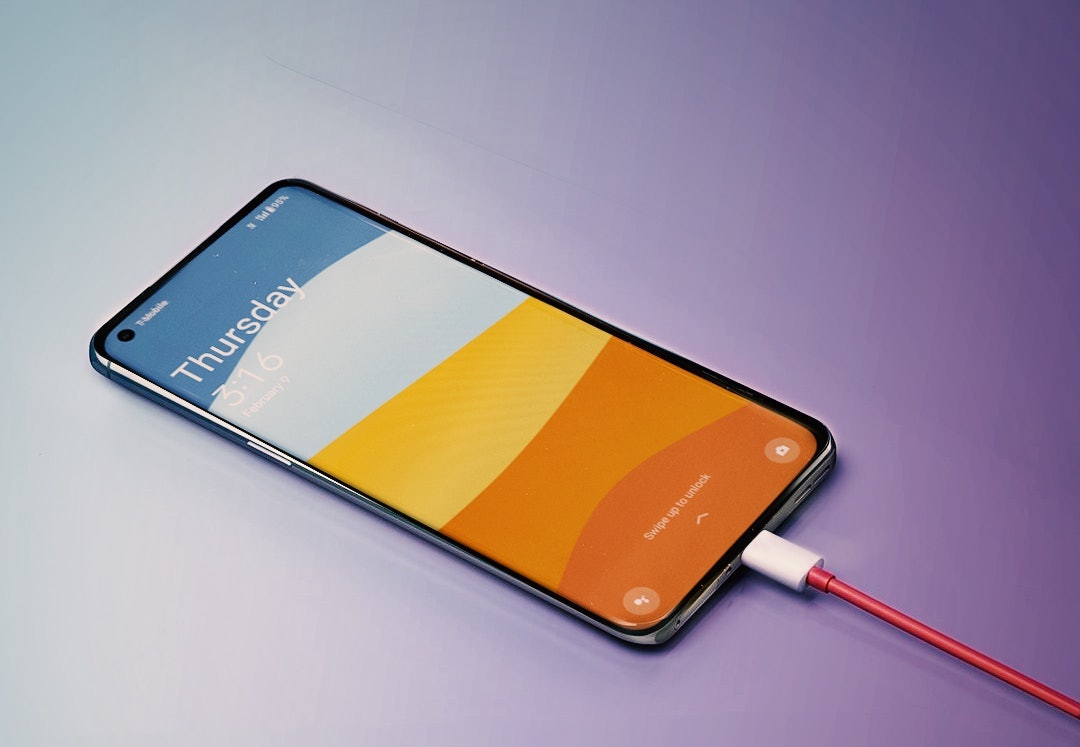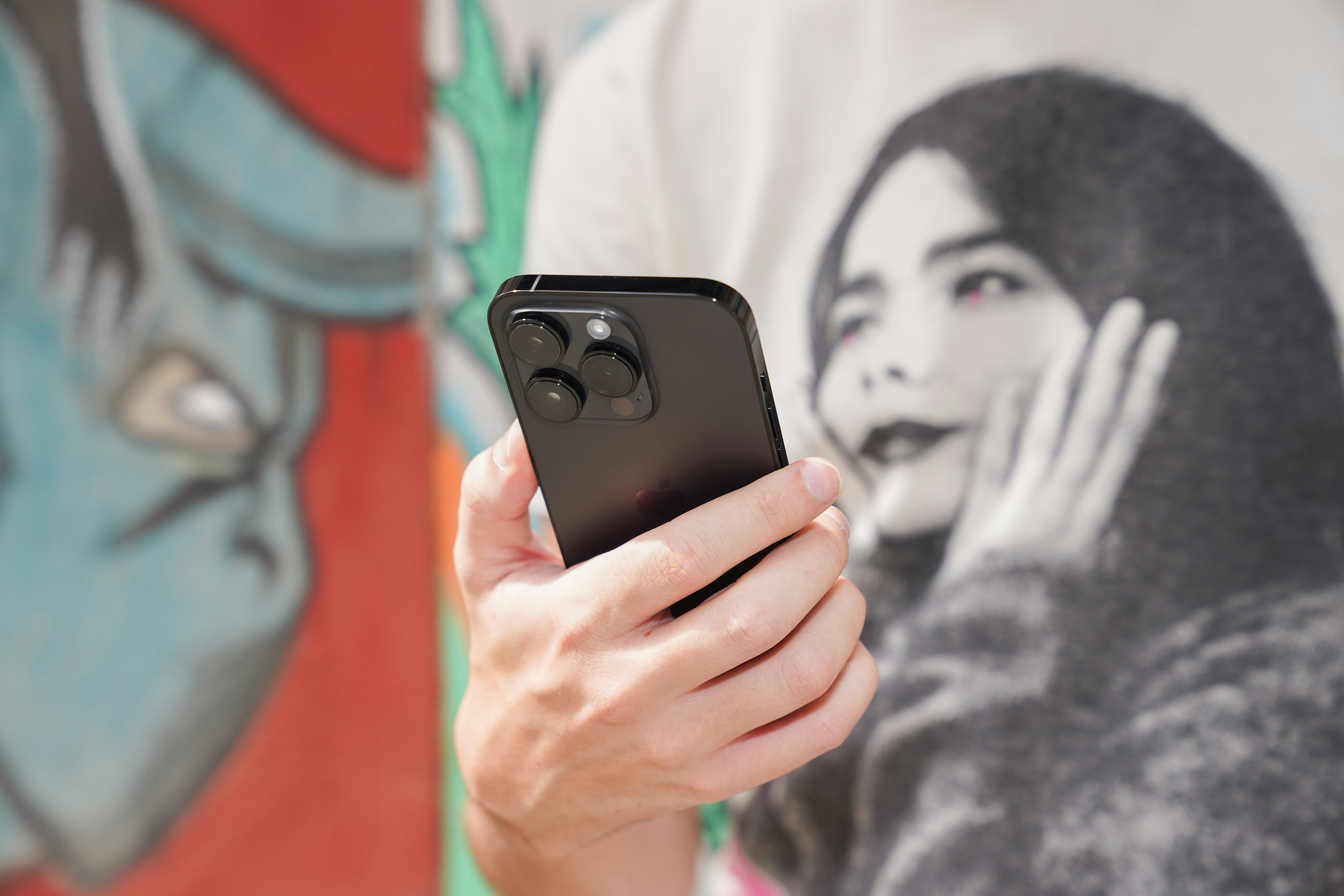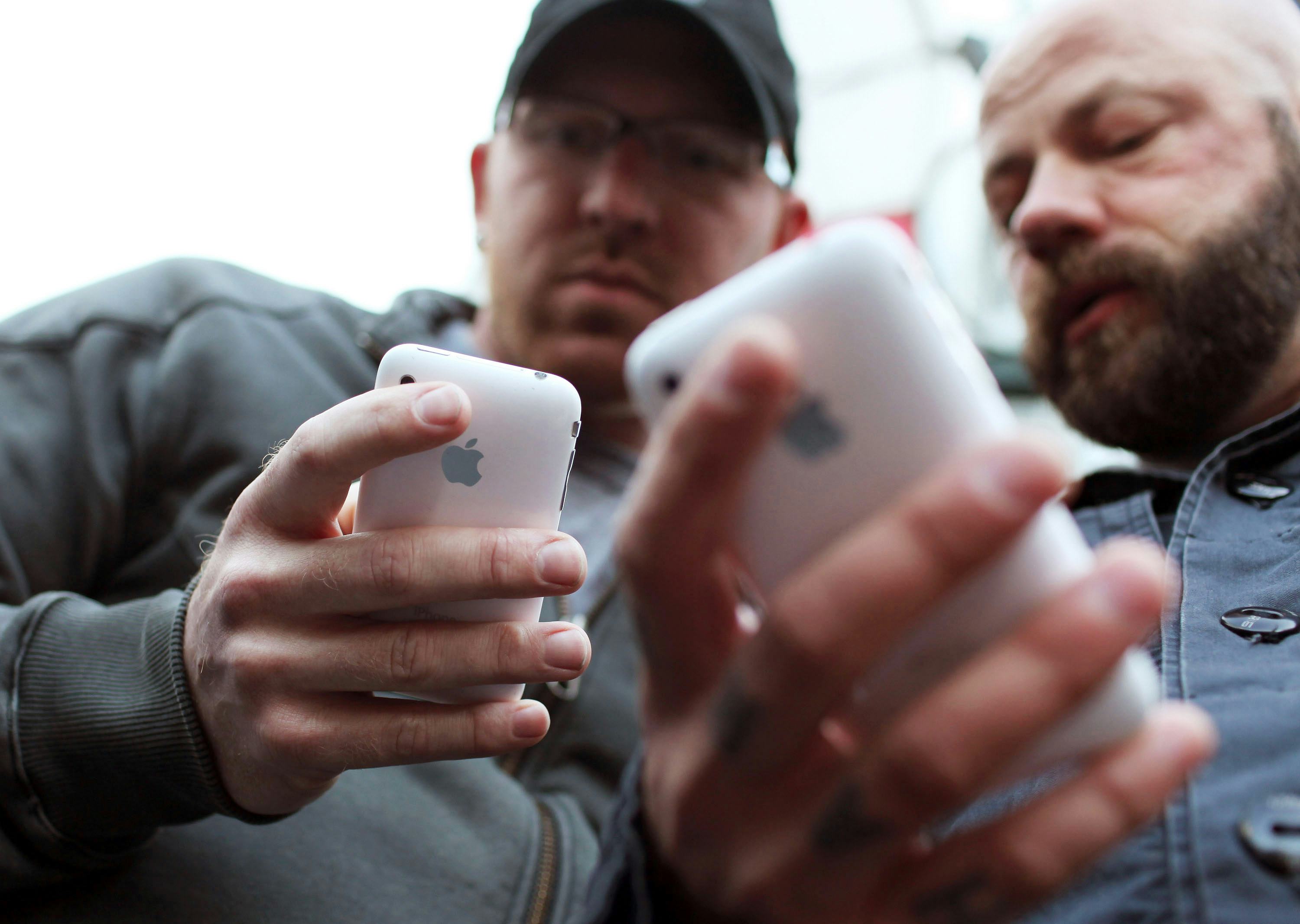
A funny thing happened when I unboxed Google’s new Pixel 7a. I held its thick plastic and metal frame… and it actually felt good.
I’ve long been apologetic about Google’s polarizing adventures in hardware design, but this was different. The Pixel 7a is thicker than the Pixel 6a it succeeds, and noticeably so. Compare the dimensions of the two smartphones, and the difference isn’t too profound (the 6a is 8.9mm thick while the 7a is 9mm), but it was enough for me to care, and that matters.
Your smartphone is likely the most personal electronic device you own, but it's also one you have the least control over in terms of how it looks and functions. When you’re designing for billions, as Samsung and Apple are, you’re designing for some imagined average. For years, that meant crafting pocket computers that were sleeker and more minimalistic, lightweight devices that didn’t take up too much space in your pocket or bag, but could do a ton. The journey from the original Samsung Galaxy S to the Galaxy S8 is just as profound as the one from the iPhone 4 to the iPhone X.
Thin phones have problems: they're fragile, bend, and are not particularly natural to hold. And thick phones have their benefits — namely, more space. But it's really what can be done with that space that matters.
Longer Battery Life

Critical to the thick phone agenda is the promise of battery life. The thing is, battery science moves slowly, at least compared to the rapid pace of iteration of other smartphone components. Batteries will always take up a certain amount of space because of physics and chemistry, and it's hard to push the envelope on performance (say, with a power-hungry chip like the Pixel 7 Pro’s Tensor G2) without backing things up with a bigger battery.
The fix introduced when thinner phones were still the name of the game, was fast charging. OnePlus cornered the market for a long time with ridiculously fast wired charging speeds, making the company’s already large smartphone batteries last even longer. The OnePlus 10T 5G supports up to 125W SuperVOOC charging, which gets you from zero to 100 percent battery in 20 minutes. Even the OnePlus 11 sneaks in 80W fast charging.
But why rely on a special charger when you can just buy a slightly thicker phone with a greater battery capacity right off the bat? Changing up the design of our smartphones could keep us scrolling for longer, without the need for extra equipment, a benefit I think everyone will appreciate.
A More Robust Camera

The other major component that can take advantage of the added space of a thick phone is the camera. We already know the iPhone 15 Pro’s camera bump is going to be huge, and it's widely assumed that’s because Apple is adopting a periscope lens on its high-end smartphones.
Periscope lenses use mirrors to reflect light onto an image sensor and offer a more dramatic optical zoom without the need for digital processing. It’s how Samsung achieves its ridiculous “100X Space Zoom” (technically a combination of optical and digital zooms) on the Galaxy S20 Ultra, and was first popularized by the Huawei P30. Naturally, this takes up more space than a traditional lens, and technically, you could achieve an even greater zoom with an even larger periscope setup, but that won’t happen and won’t look natural without a bigger phone (and an even more ridiculous camera plateau).
That’s not just glass either; the same goes for the image sensor itself. If you wanted to slip in a larger one to capture more light but keep every other component the same, you’d probably have to opt for a thicker overall phone. It’d end up looking like something closer to the point-and-shoot cameras smartphones replaced.
Design That Actually Fits Human Hands

More important than what a roomier phone can do, thick phones are just more comfortable to hold! Our hands are padded and round. They can hold uncomfortable things, but there’s something pleasing about the curved back of an iPhone 3GS that my iPhone 13 mini will never be able to replicate. The thick phone accommodates the natural curve of our hands and the pleasure that comes from holding something with weight.
I didn’t sign up to hold the corner of a MacBook Air; I want something that I’ll actually enjoy holding and using for hours at a time, despite my claims to the latter! No company is guiltier of this abandonment of basic comfort than Apple. In fact, the trend towards thinness and minimalism has been so well-documented at the company across its laptops, desktops, tablets, and phones, that there’s a whole genre of articles dedicated to sussing out whether the next device will be thinner or thicker than the last.
“iPhone 6s photos leak shows new phone will be thicker than iPhone 6, could make cases defunct,” The Independent wrote. “The iPhone 13 is thicker and heavier than the iPhone 12,” Ars Technica reported. You’ll note that both examples highlight Apple’s devices getting thicker because, as of late (read: post-Jony Ive Apple), Apple’s embraced a more robust, thick, substantial (the adjectives go on) phone in exchange for the benefits that the extra space provides. Something that really became obvious with the iPhone 12, which eschewed faux curves for what could be described as a boxy design.
Thick phones have their benefits, and with skinny jeans firmly out of style, there’s never been a better time to embrace them fully. So I'm calling on all phone makers to make a thick phone and be proud of it. Make the claim that changing the design will make using the device more enjoyable. A thicker Pixel 7a is a start, but we must go further. Thin phones had their moment and now thick phones are here. It’s time we all agree that thick phones are actually the best phones.







